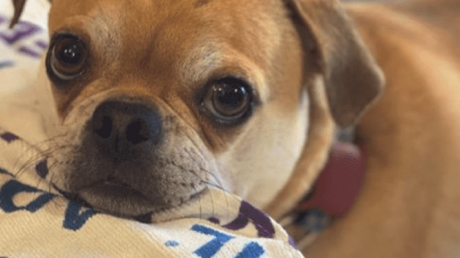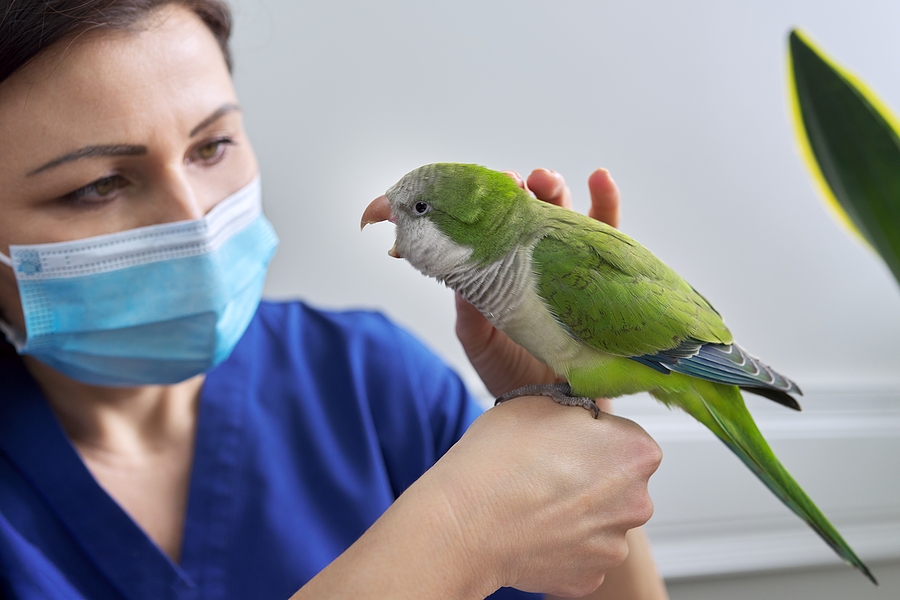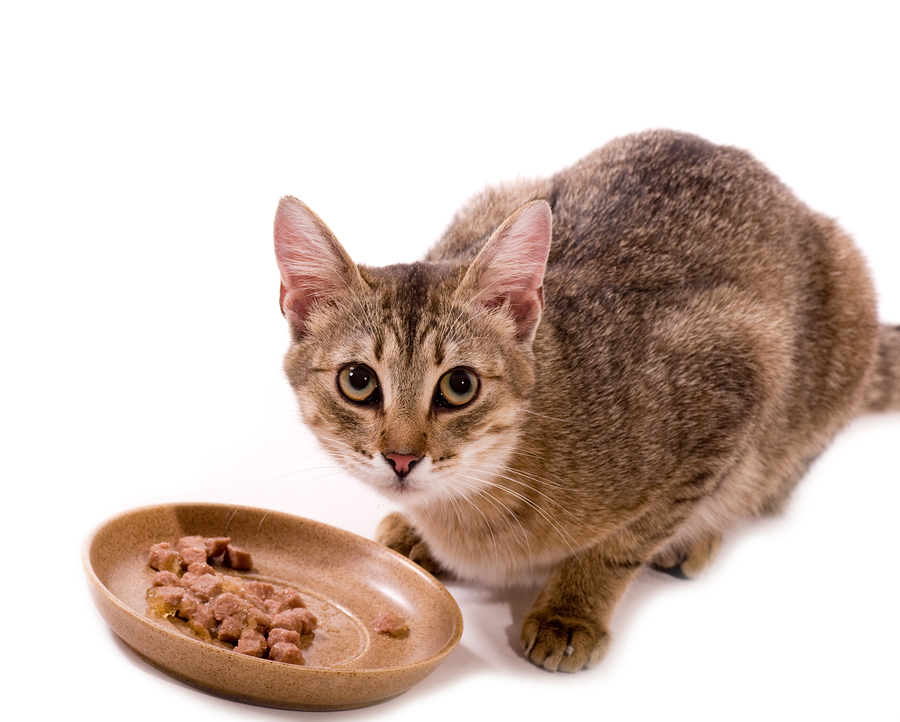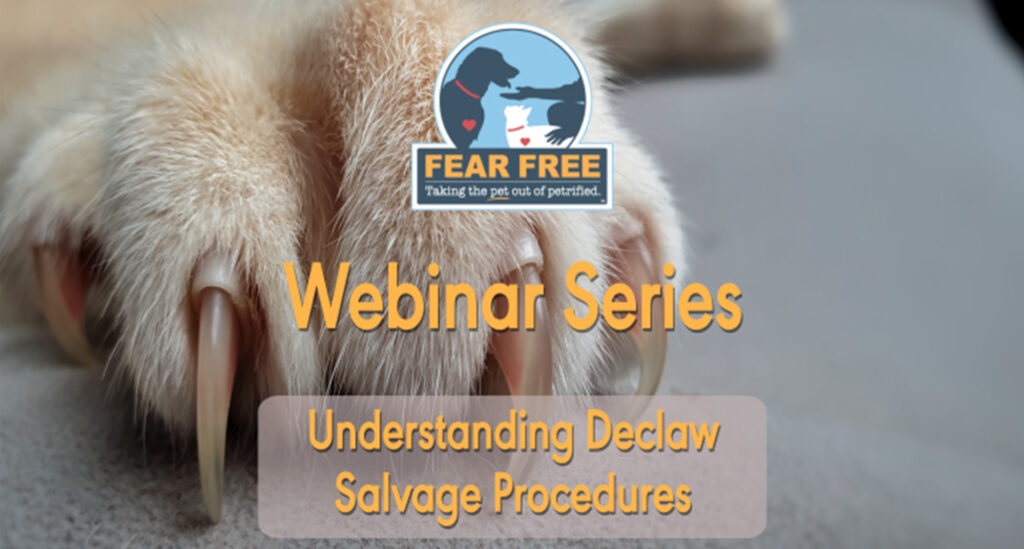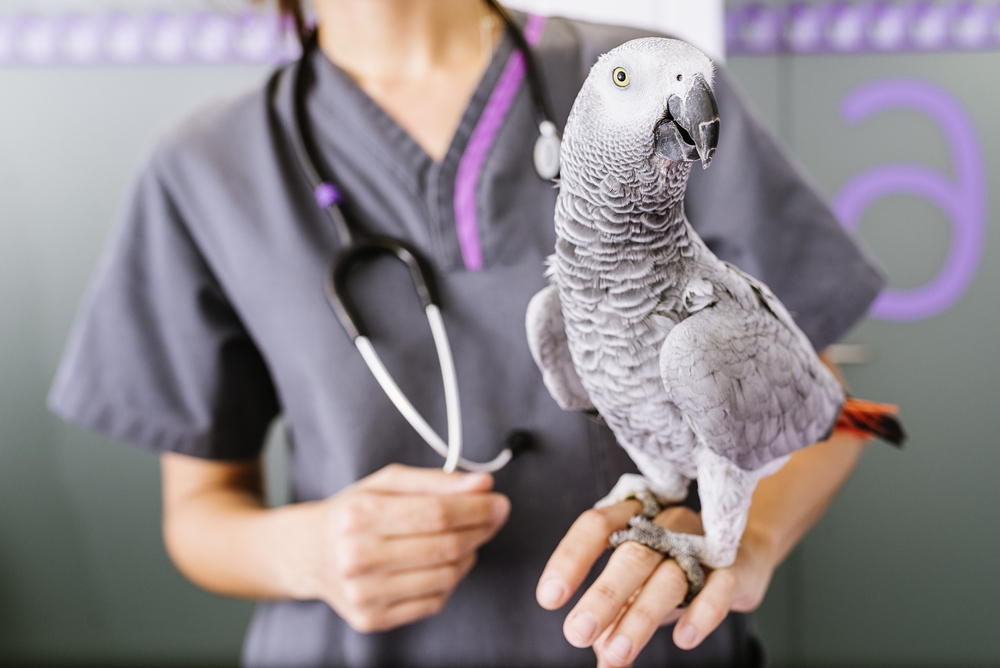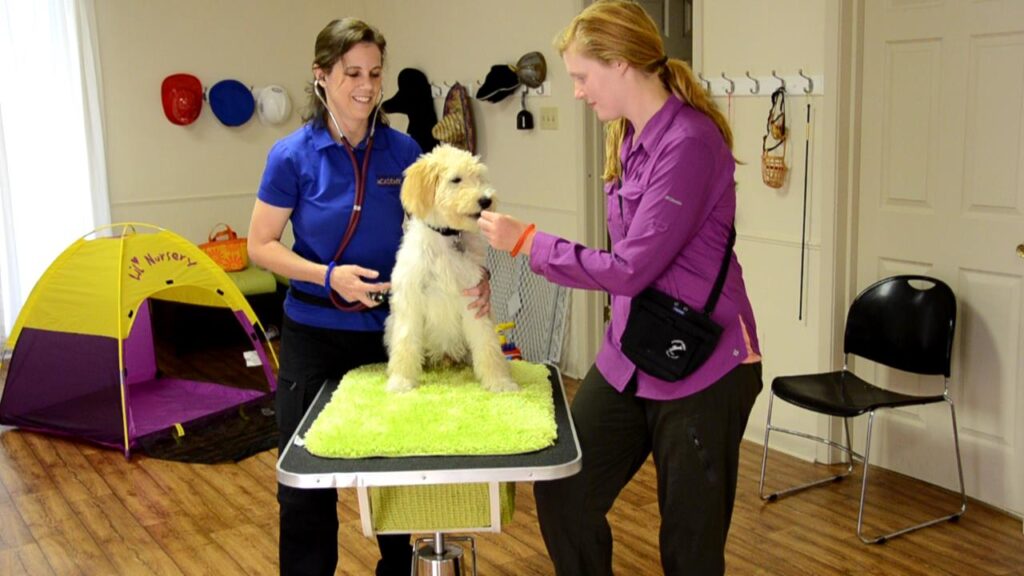Steve DaleFor two decades I’ve been speaking at veterinary and animal behavior meetings about the need to enrich indoor environments for companion animals, but most especially for indoor cats. When I began, Tony Buffington, DVM (professor emeritus at The Ohio State University College of Veterinary Medicine), and others at around that time had begun publishing studies demonstrating that living in a dull environment increases stress in cats and may cause or contribute to both behavior issues and a variety of health problems.
By enrichment, I mean providing suitable outlets to meet the specific, hard-wired needs of a particular species. For cats, enrichment includes the manner in which they are fed.
There’s no doubt that cats, being the predators they are, have a built-in prey drive. But what is the best way to activate that drive, and do cats prefer to be fed?
Years ago, it was discovered that some laboratory rodents and a varied roster of zoo species prefer to work for their food, a phenomenon known as contrafreeloading, rather than dining from a free-standing food dish.
Mikel Delgado, Ph.D., a certified applied animal behaviorist and certified cat behavior consultant, set out to learn if domestic cats contrafreeload in a home environment. The only previous study on cats dated to 1971, with six laboratory cats showing no interest in working for their meals.
Delgado hypothesized that in a home environment, domestic cats would readily contrafreeload and show a preference for eating from a food puzzle compared to a dull tray piled with identical food. She also hypothesized that more active cats would be more likely to contrafreeload.
“I’ve long recommended food puzzles to clients with positive results,” she says. “In nature, cats hunt so I was certain that tapping into what cats are hard-wired to do would be no problem and we’d easily prove the previous study [for cats] wrong. However, science can be funny that way, and yes we were surprised [by the results].”
Those results were recently published in a paper called “Domestic cats (Felis catus) prefer freely available food over food that requires effort” (with Brandon Sang Gyu Han, grad student at the University of California Davis School of Veterinary Medicine, and veterinary behaviorist Melissa Bain, DVM, professor of clinical animal behavior at UC Davis School of Veterinary Medicine) in the Journal Animal Cognition.
Seventeen cats participated in the study, using one consistent food puzzle (Trixie Pet Tunnel Feeder Food Puzzle) with a food dish next to it.
Surprise: Cats did little contrafreeloading. Instead, they mostly chose the easy meal from the bowl. Most cats ate some food from both sources, but the amount of food eaten from the easy meal on the tray was significantly higher than the amount of food eaten from the puzzle. Almost half the cats consumed less than 10 percent of food from the puzzle. And none of the cats were considered strong contrafreeloaders.
“Though surprising, our findings were statistically relevant,” says Delgado. “There wasn’t a lot of variability.”
However, veterinary behaviorist Theresa DePorter, DVM (who is boarded both in the U.S. and Europe), says, “We’ve actually known for a very long time that domestic cats do contrafreeload – depending on how we define contrafreeload – as very well fed indoor/outdoor cats who clearly don’t require a meal but apparently enjoy the chase and catch and then deliver rodents or birds as live ‘gifts.’”
Dr. DePorter, who lives in a rural setting, says one of her cats – who happens to be very well fed – catches mice.
Liz Bales, VMD, notes another factor: “The seeking circuit was missing in this study. Cats need to go through seeking and finding their prey, the hunt. The pounce and eat is only a fraction of the process, which was represented by the food puzzle but it just sits on the ground next to a food bowl and may not be stimulating enough for many cats who naturally are hard-wired to seek. Also, there’s no movement involved with this particular food puzzle, and movement is stimulating for cats.”
Dr. Bales adds: “In my experience, cats being cats, the acclimation period, four to 12 days, of a novel way to feed wasn’t nearly long enough. I would think the acclimation period to the food puzzle should be months and not days.” And indeed, Bales does have acclimation experience as she is also an entrepreneur who created “hunting products” for cats, notably the Indoor Hunting Feeder (https://docandphoebe.com/).
Cats may be timid, cautious or at least circumspect about anything novel such as a new food puzzle, adds DePorter. “Yes, they may well require more acclimation time, particularly since these cats may have had no prior experience with food puzzles.”
Neither Bales nor DePorter quibble with the notion that this study was well-thought out and important, but both consider it only a start, and Delgado doesn’t disagree.
Delgado’s hypothesis that generally more active cats would be more into contrafreeloading also fell flat.
Delgado suggests: “Perhaps it means lives are so enriched of the cats in the study that their drives to use puzzle feeders was reduced. Perhaps we could have better acclimated and more motivated by using treats at first in the feeders. Also, individual cats may have individual preferences to different food puzzles.”
Delgado, who co-owns a website that sells puzzle feeders (www.foodpuzzlesforcats.com) is in no way suggesting pet parents diminish use of puzzle feeders. “For starters, do understand most of the cats in our study did eat something from the puzzle feeder.”
Bales says “countless times” she has witnessed her puzzle feeders contributing to solve behavior problems, which in some cases has kept cats in homes.
DePorter also remains a cheerleader for puzzle feeders. “I absolutely don’t interpret this study is suggesting not to use puzzle feeders – that would be a mistake. We know puzzle feedings are enriching, help to control food intake, and provide physical and mental exercise and may reduce obesity – which is so common among cats. And, of course, obesity leads to a laundry list of issues.”
Delgado concludes, “Certainly, there’s more to learn, more to do – understanding cats has never been easy.”
This article was reviewed/edited by board-certified veterinary behaviorist Dr. Kenneth Martin and/or veterinary technician specialist in behavior Debbie Martin, LVT.
Steve Dale, CABC (certified animal behavior consultant), hosts two national pet radio shows and is on WGN Radio, Chicago. He’s a regular contributor/columnist for many publications, including CATSTER, Veterinary Practice News, and the Journal of the National Association of Veterinary Technicians in America. He’s appeared on dozens of TV shows, including Oprah, many Animal Planet Programs, and National Geographic Explorer. He has contributed to or authored many pet books and veterinary textbooks such as “The Cat: Clinical Medicine and Management” and co-edited Decoding Your Dog, by the American College of Veterinary Behaviorists. He speaks at conferences around the world. www.stevedale.tv.


